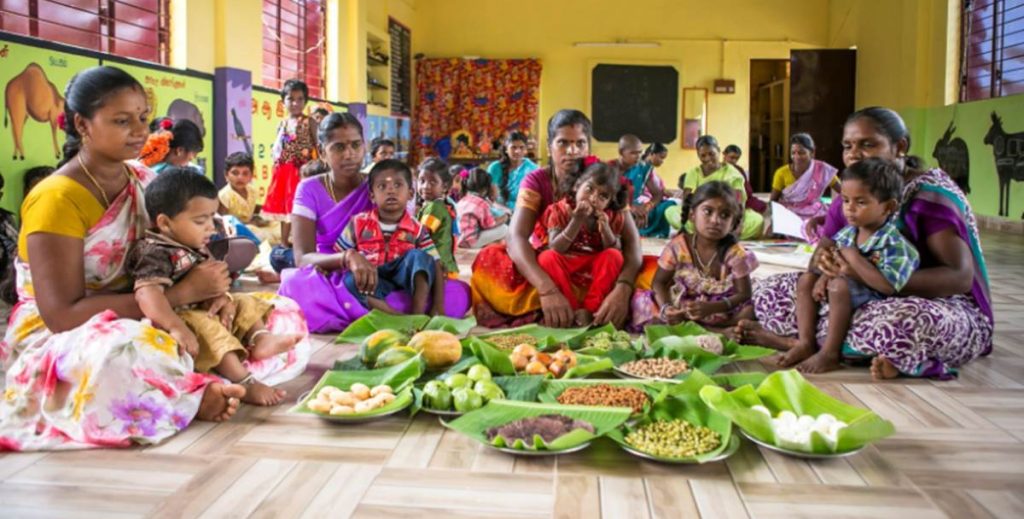
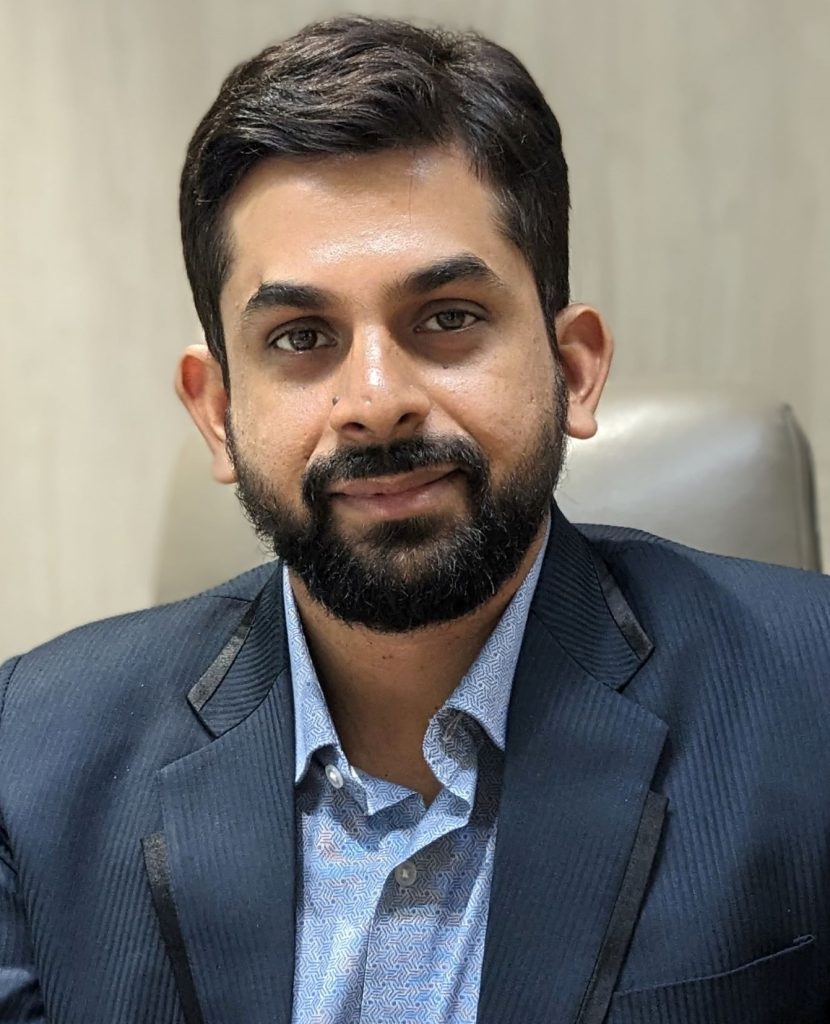 Manas Raghuvanshi is the Director of BN Group.
Manas Raghuvanshi is the Director of BN Group.
In a world of remarkable progress, the persistent challenge of malnutrition stands as a call to action. As someone deeply committed to fostering sustainable community development, I believe that addressing malnutrition requires a practical, inclusive, and scalable approach. It is a problem that transcends sectors—demanding collaboration between governments, businesses, and civil society. Only through collective action can we work toward a malnutrition-free India.
Understanding the Magnitude of the Challenge
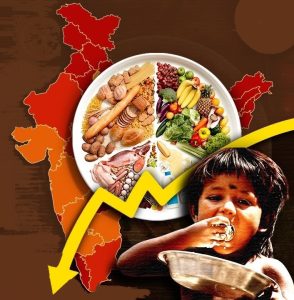 Malnutrition is not just a health issue; it is a developmental opportunity. According to UNICEF, over 80 per cent of India’s population faces micronutrient deficiencies, often referred to as “hidden hunger”. This affects physical and cognitive development, impacting productivity and growth. However, India has the advantage of being a nation with the resources and determination to tackle these issues effectively.
Malnutrition is not just a health issue; it is a developmental opportunity. According to UNICEF, over 80 per cent of India’s population faces micronutrient deficiencies, often referred to as “hidden hunger”. This affects physical and cognitive development, impacting productivity and growth. However, India has the advantage of being a nation with the resources and determination to tackle these issues effectively.
India has the resources to overcome this challenge, yet the solution lies not only in food production but inequitable access to nutrient-rich diets. Take Maharashtra, for example. Targeted interventions in tribal areas—such as mobile health clinics and community kitchens—demonstrate that localised, scalable solutions are the way forward.
Equally important are scalable grassroots interventions, such as empowering women to spread awareness about the significance of nutrition in women’s health. These initiatives educate and also create ripple effects within communities, encouraging healthier practices and fostering long-term change.
In Uttar Pradesh, innovative partnerships between the government and NGOs, such as “Nutrition Bridge”, have demonstrated exceptional results. Similar success can be seen in Odisha, where collaboration between self-help groups and Anganwadi workers has led to significant advancements in child nutrition. By ensuring mothers have access to supplementary nutrition and educational workshops, this programme has markedly reduced instances of low birth weight and stunting in participating districts.
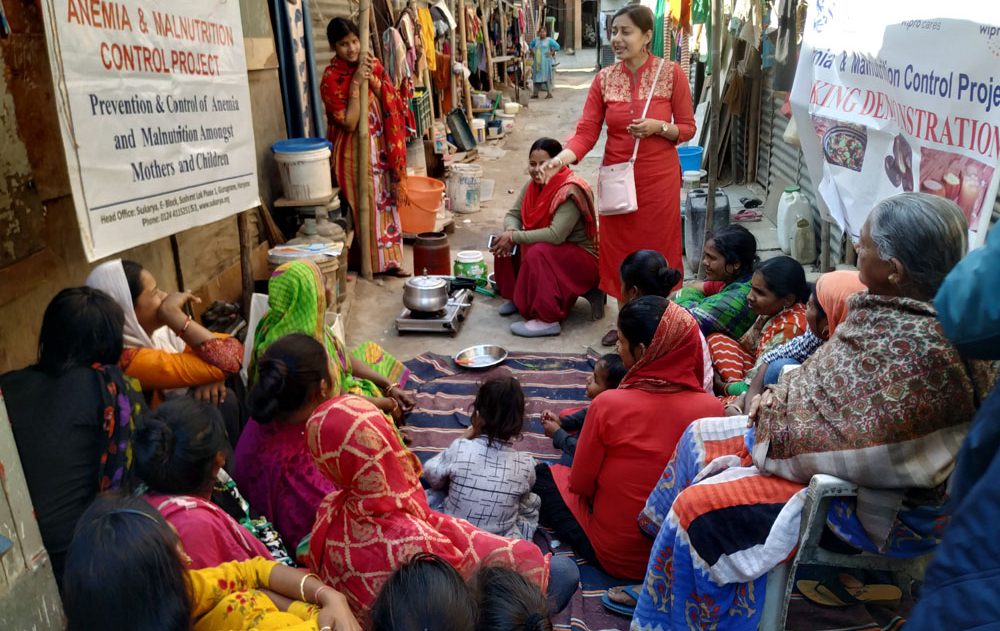
The Critical Role of Mothers and Children
 The health of mothers and children is crucial for addressing malnutrition. A child’s nutritional status is closely linked to their mother’s well-being. While challenges such as anaemia during pregnancy and inadequate prenatal care still exist in some areas, India’s policies and programmes provide hope.
The health of mothers and children is crucial for addressing malnutrition. A child’s nutritional status is closely linked to their mother’s well-being. While challenges such as anaemia during pregnancy and inadequate prenatal care still exist in some areas, India’s policies and programmes provide hope.
Initiatives like the Pradhan Mantri Matru Vandana Yojana and efforts to promote breastfeeding have established a solid foundation for improvement. In Uttar Pradesh, innovative partnerships between the government and NGOs, such as “Nutrition Bridge”, have demonstrated exceptional results.
Similar success can be seen in Odisha, where collaboration between self-help groups and Anganwadi workers has led to significant advancements in child nutrition. By ensuring mothers have access to supplementary nutrition and educational workshops, this programme has markedly reduced instances of low birth weight and stunting in participating districts.
Government Interventions: Progress and Opportunities
The Government of India has been proactive in addressing malnutrition. Initiatives like the Integrated Child Development Services (ICDS), the Midday Meal Scheme, and the Poshan Abhiyaan have created a robust framework for improving nutrition nationwide. The Midday Meal Scheme, for instance, benefits over 120 million children annually, making it the largest school lunch programme globally.
The success of India’s flagship Poshan Abhiyaan further highlights the potential of integrated efforts. By utilising technology like the Common Application Software (ICDS-CAS), the programme ensures real-time monitoring and improved delivery of nutrition services to beneficiaries. This model could serve as a blueprint for tackling malnutrition across diverse and remote regions.
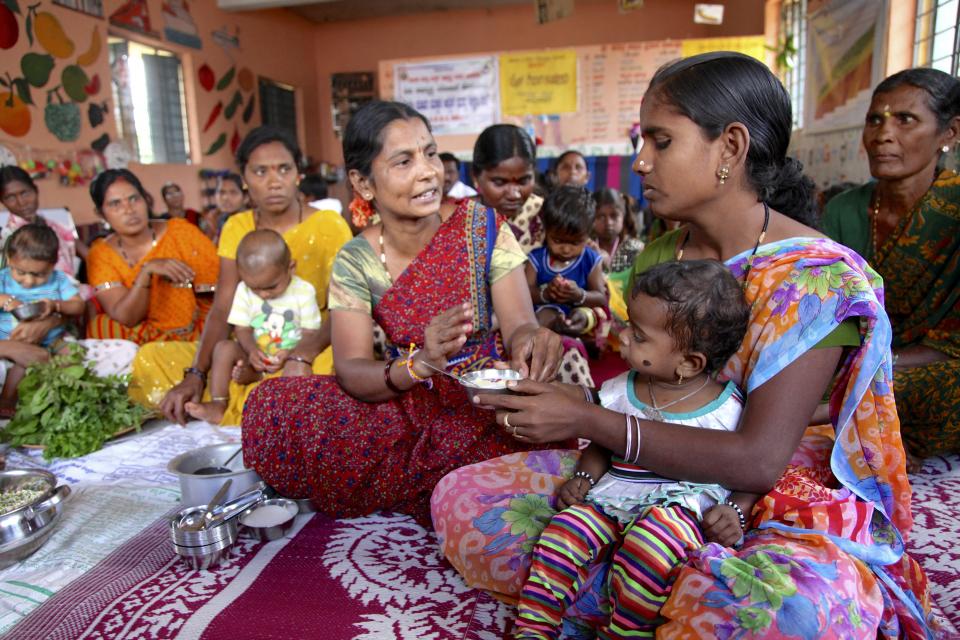
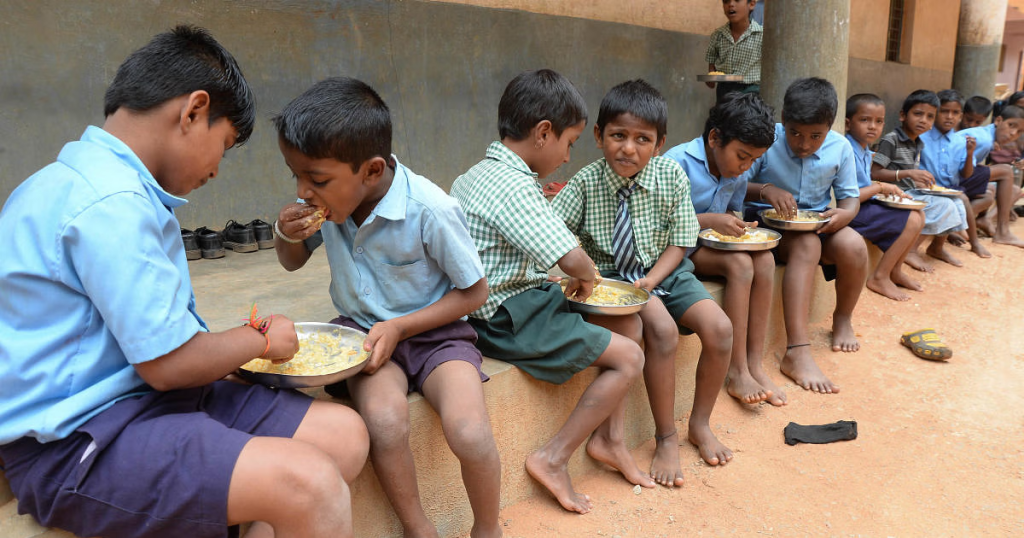
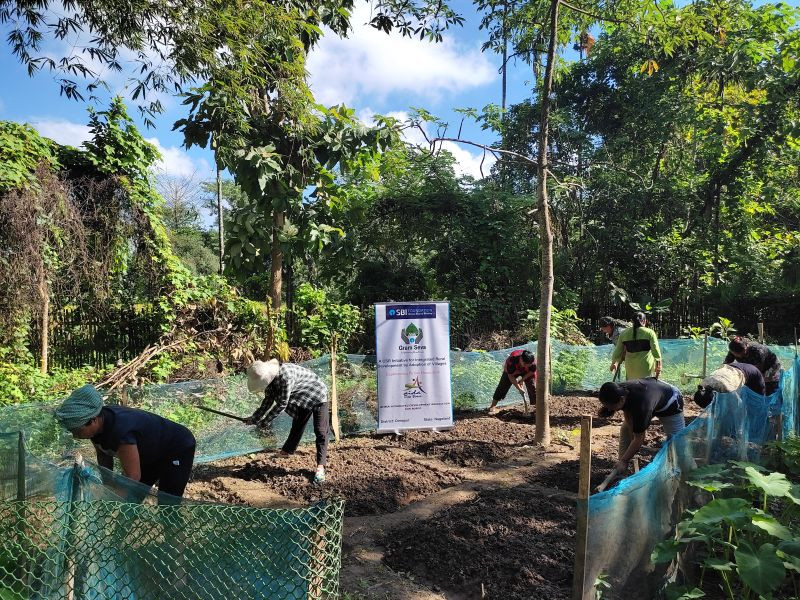
These programmes have achieved remarkable progress, but there is always room to enhance their impact. A more localised approach, considering regional dietary habits and cultural practices, can add immense value. In Nagaland, for instance, community-driven solutions like kitchen gardens have successfully supplemented government initiatives. Families growing vegetables like moringa and sweet potatoes ensure consistent access to healthy food, showcasing how traditional practices can align with modern policies.
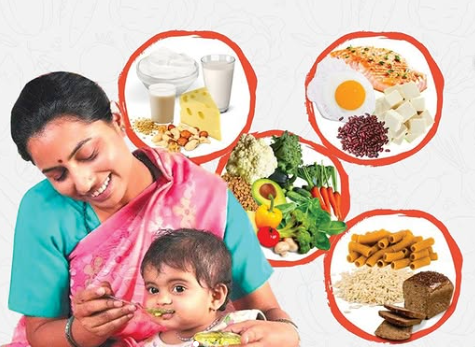 The success of India’s flagship Poshan Abhiyaan further highlights the potential of integrated efforts. By utilising technology like the Common Application Software (ICDS-CAS), the programme ensures real-time monitoring and improved delivery of nutrition services to beneficiaries. This model could serve as a blueprint for tackling malnutrition across diverse and remote regions.
The success of India’s flagship Poshan Abhiyaan further highlights the potential of integrated efforts. By utilising technology like the Common Application Software (ICDS-CAS), the programme ensures real-time monitoring and improved delivery of nutrition services to beneficiaries. This model could serve as a blueprint for tackling malnutrition across diverse and remote regions.
Public-Private Partnerships: Building Momentum
Public-private partnerships (PPPs) are essential to accelerating India’s fight against malnutrition. Collaborations between the government, private enterprises, NGOs, and local communities have already demonstrated encouraging outcomes. For instance, fortified foods introduced by private organisations—such as rice enriched with iron and oils fortified with vitamins A and D—are making a measurable difference.
An example is a joint initiative in Rajasthan, where corporate funding supported community nutrition centres. These centres provide not just meals but also nutrition counselling, empowering families to make informed dietary choices. This demonstrates how businesses and civil society can work hand in hand to amplify the impact of government schemes.
Tackling malnutrition requires a united effort. Governments, businesses, NGOs, and individuals must work together to create a framework that prioritises nutrition at every stage of life. Community-driven initiatives play a vital role in this effort. Empowering local communities with knowledge and tools ensures that solutions are sustainable. For example, training programmes for mothers on the importance of complementary feeding practices have led to better child health outcomes in many regions. These grassroots initiatives, combined with nationwide programmes, create a strong ecosystem for change.
Addressing the Double Burden of Malnutrition
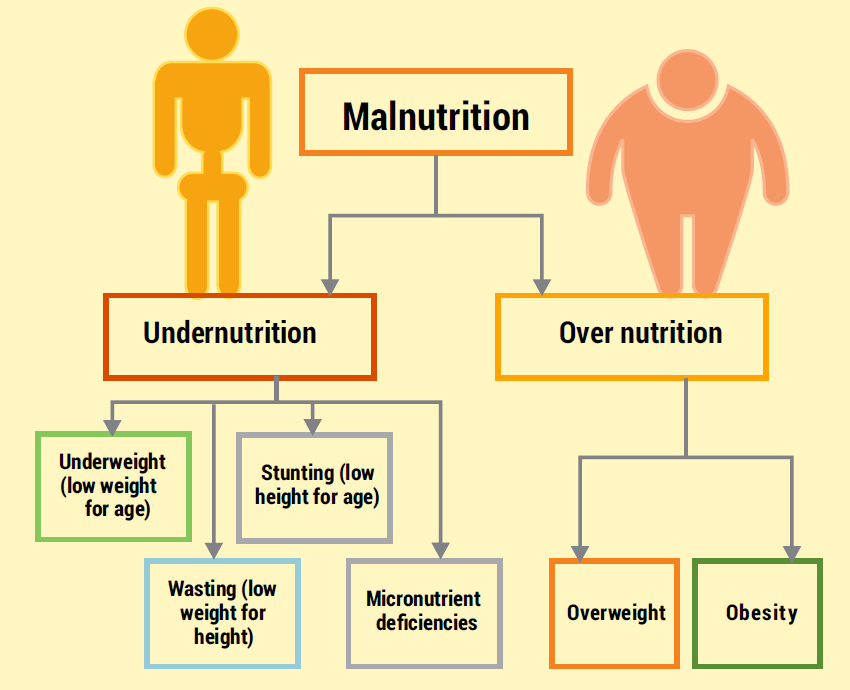 India also faces the unique challenge of the double burden of malnutrition, where undernutrition coexists with overnutrition in some sections of the population. Urbanisation and changing lifestyles have contributed to a rise in obesity and related conditions. Balancing these dual challenges is crucial.
India also faces the unique challenge of the double burden of malnutrition, where undernutrition coexists with overnutrition in some sections of the population. Urbanisation and changing lifestyles have contributed to a rise in obesity and related conditions. Balancing these dual challenges is crucial.
Educational campaigns promoting dietary diversity and ![]() healthy eating habits can make a significant difference. In Kerala, the Kudumbashree initiative—a women’s self-help group—has been a beacon of success. By encouraging the cultivation and consumption of traditional crops, this movement improves nutrition and empowers women economically. It highlights how local solutions can address national challenges effectively.
healthy eating habits can make a significant difference. In Kerala, the Kudumbashree initiative—a women’s self-help group—has been a beacon of success. By encouraging the cultivation and consumption of traditional crops, this movement improves nutrition and empowers women economically. It highlights how local solutions can address national challenges effectively.
Meanwhile, schools in urban areas have started incorporating lessons on nutrition into their curricula. Initiatives like “Nutrition Week” in Delhi schools encourage students and their families to adopt healthier eating habits, bridging the gap between knowledge and practice.
Innovative Solutions for a Healthier Future
India’s technological advancements present unique opportunities to combat malnutrition. Real-time data analytics can identify nutritional hotspots, monitor programme outcomes, and optimise resource allocation. Mobile health (mHealth) platforms offering personalised 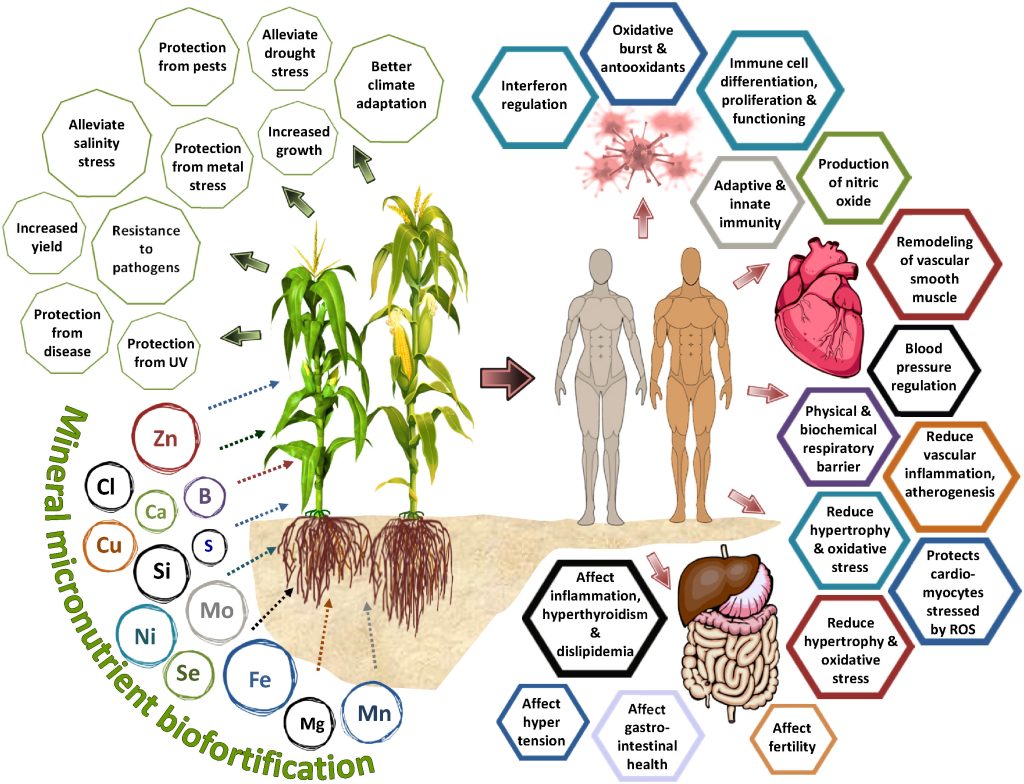 dietary advice are already making a difference in urban and rural settings alike.
dietary advice are already making a difference in urban and rural settings alike.
Additionally, promoting sustainable agriculture and biofortification can enhance both the availability and quality of nutrition. Encouraging farmers to grow nutrient-rich crops not only boosts food security but also strengthens rural economies. For instance, biofortified crops like zinc-enriched wheat have proven to be game-changers in regions with high micronutrient deficiencies.
A Shared Responsibility
Tackling malnutrition requires a united effort. Governments, businesses, NGOs, and individuals must work together to create a framework that prioritises nutrition at every stage of life. Community-driven initiatives play a vital role in this effort. Empowering local communities with knowledge and tools ensures that solutions are sustainable. For example, training programmes for mothers on the importance of complementary feeding practices have led to better child health outcomes in many regions. These grassroots initiatives, combined with nationwide programmes, create a strong ecosystem for change.
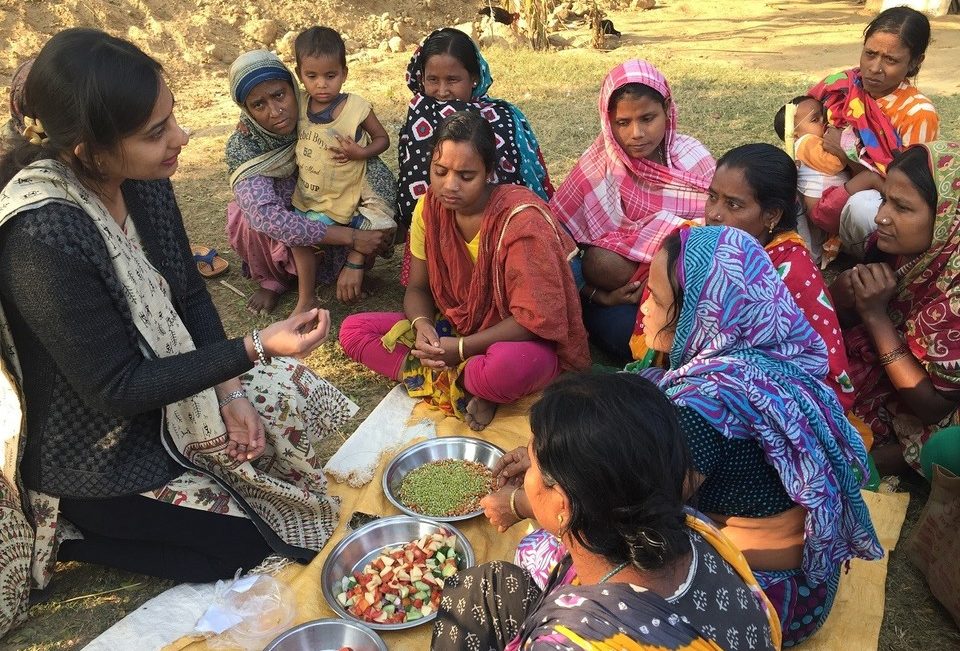 The vision of a malnutrition-free India by 2030 is ambitious but achievable. What we need is consistent innovation, strong partnerships, and practical implementation. Whether through volunteering, raising awareness, or making informed dietary choices, every effort matters.
The vision of a malnutrition-free India by 2030 is ambitious but achievable. What we need is consistent innovation, strong partnerships, and practical implementation. Whether through volunteering, raising awareness, or making informed dietary choices, every effort matters.
As someone who has seen the power of community-driven solutions firsthand, I firmly believe that a well-nourished India is within our reach—if we work together to create a future where nutrition is a right, not a privilege.

